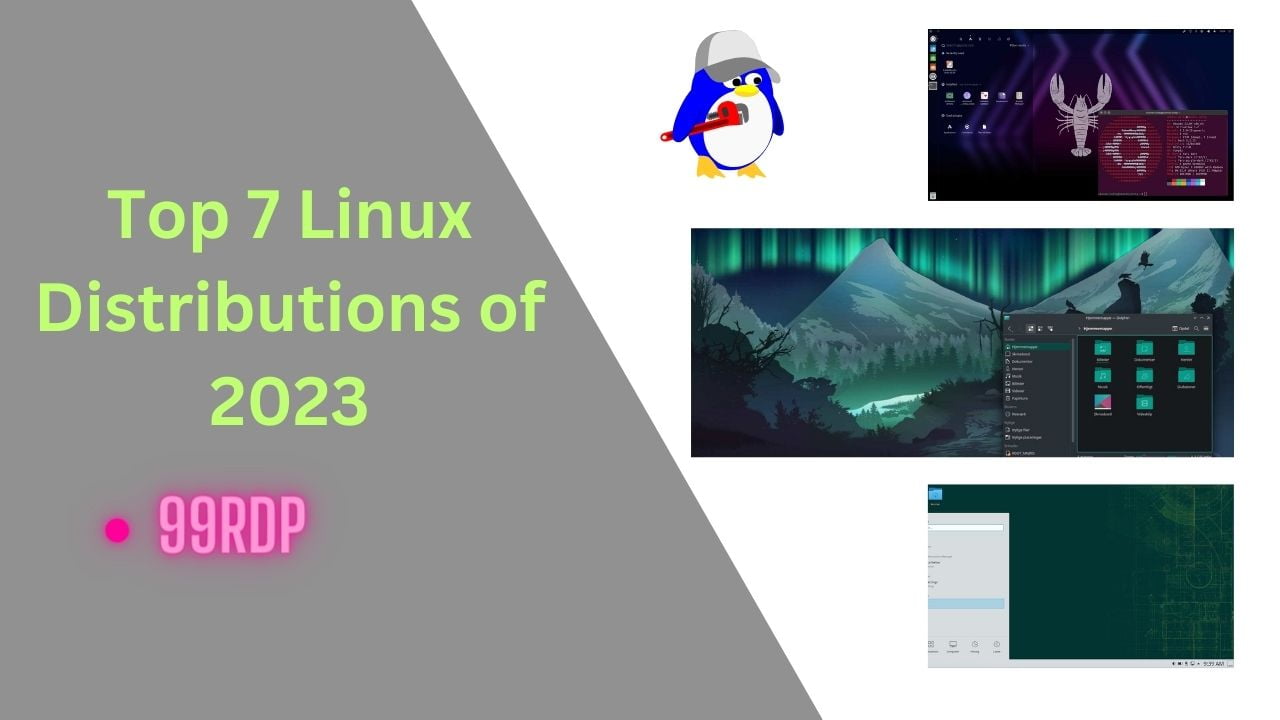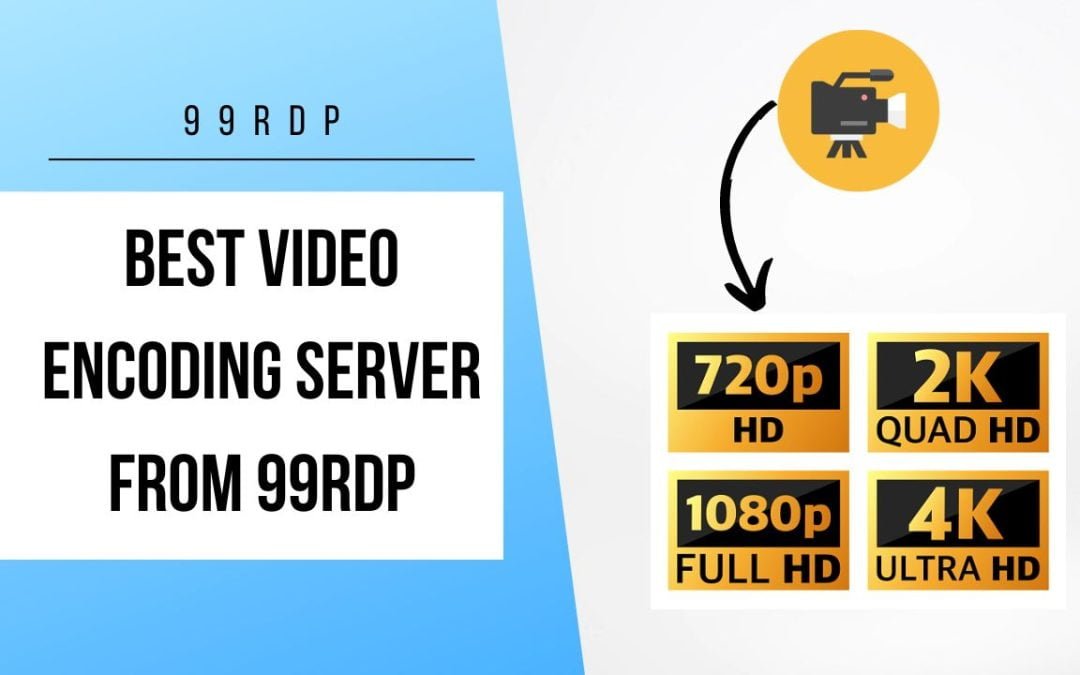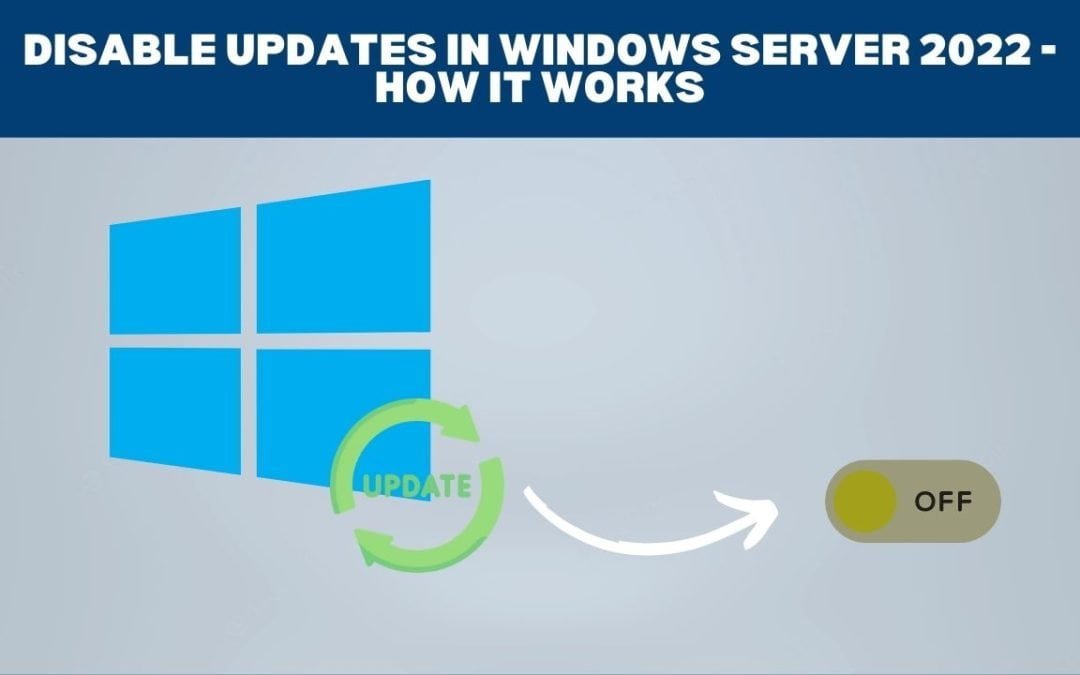
7 Best Linux Distributions of 2023
🐧 Embracing the Best: Top Linux Distributions of 2023 🐧
As the world of open-source software continues to evolve, Linux distributions remain at the forefront, offering unparalleled flexibility, security, and innovation. With 2023 in full swing, it’s time to explore the top Linux distributions that have captured the hearts of tech enthusiasts, developers, and enterprises alike. Let’s dive into the exciting world of Linux and discover the cream of the crop!
🏆 1. Ubuntu 23.04 “Raven”:
Ubuntu, a perennial favorite, continues to shine with its latest release, “Raven.” Building upon the solid foundation of Ubuntu, “Raven” comes with the latest software, a refined GNOME desktop environment, and substantial performance improvements. Its commitment to user-friendliness and extensive software support make it an excellent choice for both newcomers and seasoned Linux users.

🚀 2. Fedora 35:
Fedora is known for its cutting-edge technology and strong community support. With Fedora 35, users can expect the latest software packages, including advancements in Wayland, GNOME, and the kernel. The addition of Fedora Toolbox enhances containerization capabilities, providing a seamless experience for developers and system administrators.

🔒 3. openSUSE Leap 16.3:
Combining the stability of SUSE Linux Enterprise with community-driven development, openSUSE Leap 16.3 delivers a compelling experience. It comes with various desktop options, including KDE Plasma, GNOME, and Xfce. The focus on security, reliability, and the availability of the powerful YaST configuration tool makes it a solid choice for diverse use cases.

🌐 4. Manjaro 23:
Manjaro continues to impress with its user-friendly approach and rolling release model. Manjaro 23 boasts the latest software updates, making it ideal for gamers, multimedia enthusiasts, and developers. With the introduction of “Architect,” a new installer framework, users have even more control over their system setup.

💼 5. CentOS Stream 9:
As a CentOS replacement, CentOS Stream 9 provides an excellent balance between innovation and stability. Catering to the needs of enterprises and organizations, this distribution is designed for long-term use with consistent updates and improved developer collaboration.

🍃 6. elementary OS 6 “Odin”:
Known for its stunning design and focus on simplicity, elementary OS 6 “Odin” charms users with its visual appeal and intuitive interface. Under the hood, it leverages Ubuntu’s stability, making it a solid choice for users who seek a polished desktop experience.

🔧 7. Arch Linux:
Not for the faint of heart, Arch Linux remains a favorite among advanced Linux users who appreciate a hands-on approach. Rolling release updates, a customizable environment, and the Arch User Repository (AUR) continue to attract those seeking complete control over their system.

🌟 Honorable Mentions:
– Debian 12 “Bookworm”: Renowned for its rock-solid stability and extensive software repository, Debian maintains its reputation as the “universal operating system” for various architectures.
– Pop!_OS 23: System76’s Pop!_OS continues to impress with its emphasis on gaming, GPU support, and a polished GNOME-based desktop.
These top Linux distributions of 2023 showcase the diverse and dynamic nature of the open-source community. Whether you’re a casual user, a power user, or a system administrator, there’s a Linux distribution tailored to meet your needs. So, embrace the world of Linux, experiment with different flavors, and discover the freedom and innovation that this vibrant ecosystem has to offer! 🌐
Best Linux Distributions of 2023 (F.A.Q)
What is Linux?
Linux is an open-source operating system kernel initially developed by Linus Torvalds in 1991. It is based on the Unix operating system and is widely used in various devices, including servers, personal computers, mobile phones, embedded systems, and more. Linux distributions, or distros, combine the Linux kernel with various software packages to create complete operating systems suitable for different purposes and users.
What are Linux Distributions?
Linux distributions, often referred to as distros, are different flavors or variations of the Linux operating system. They include the Linux kernel, essential system utilities, libraries, graphical desktop environments, and pre-installed applications. Popular Linux distributions include Ubuntu, Fedora, Debian, CentOS, and Arch Linux, each catering to specific user preferences, use cases, and system requirements.
Is Linux Free to Use?
Yes, Linux is free to use, distribute, and modify due to its open-source nature. The open-source license allows users to access the source code, customize it, and redistribute it with certain conditions. This makes Linux an attractive choice for individuals, businesses, and organizations looking for cost-effective and flexible operating systems.
What Are the Advantages of Using Linux?
Linux offers several advantages, making it a compelling choice for various users:
- Open Source: Users can access and modify the source code, fostering a collaborative and transparent development environment.
- Security: Linux’s design and security features make it less susceptible to malware and viruses compared to some other operating systems.
- Stability: Linux is known for its stability and uptime, making it an ideal choice for servers and critical systems.
- Customizability: Users can customize the operating system according to their needs, choosing from a wide range of desktop environments and software packages.
- Hardware Support: Linux supports a vast array of hardware, making it compatible with both older and newer devices.



